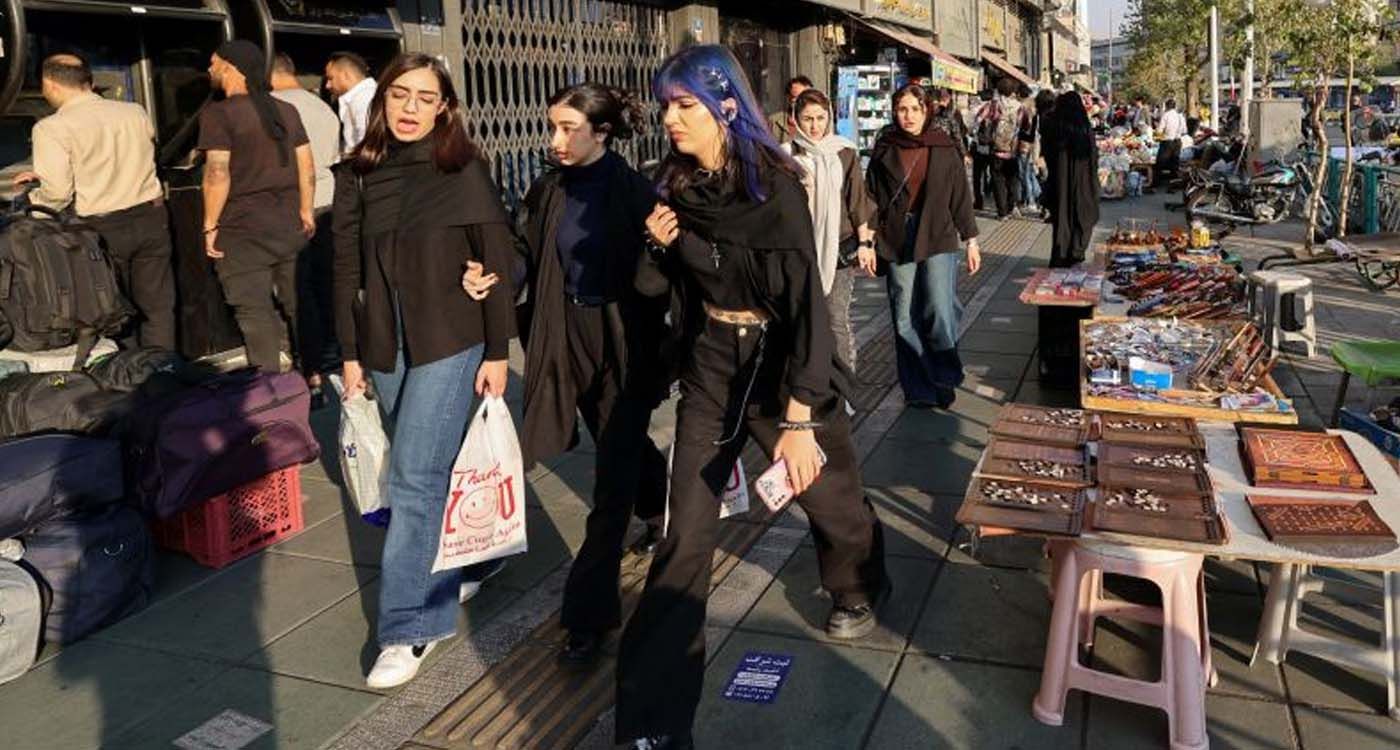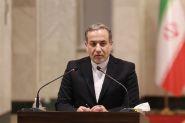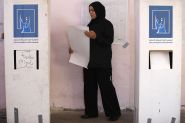- Home
- Middle East
- Iran Is Suffocating, and the Authorities Finally Say It

©Atta Kenare / AFP
Iran is often viewed through the lens of external conflicts, but the country is confronting a far more urgent domestic crisis. Inflation is eroding household incomes, drought has reached unprecedented levels, and authorities are beginning to acknowledge that the threat comes from within. President Masoud Pezeshkian broke a long-standing taboo by admitting the government’s responsibility, just as warning signs turn red for millions of families.
Iran is facing a crisis its leaders can no longer downplay. During his address to parliament, Pezeshkian confronted the issues affecting daily life across the country. He spoke of inflation without blaming external factors and acknowledged what citizens are already feeling in their kitchens, at their taps, and in their wallets. Prices are relentlessly climbing, with annual inflation approaching 49% and food costs exceeding 60%, pushing new households into financial anxiety each week. Pezeshkian described a “too heavy” state and a budget that must be “cleaned up,” delivering a line that quickly resonated nationwide: “We cannot govern when the people are hungry.”
At the same time, a severe drought is gripping the country. October and November brought no rain to at least 15 provinces, according to local agencies, and forecasts offer little hope for relief. Authorities describe the situation as “virtually unprecedented in a century.” In Tehran, taps are shut off each night, and officials warn that water cuts could further spread. The government has even introduced summer public holidays to curb water and electricity use as temperatures soar past 40 °C.
The Amir Kabir dam, one of the five main reservoirs supplying the capital, has become a stark symbol of the crisis. It now holds just 14 million cubic meters of water, barely 8% of its capacity, down from 86 million at the same time last year. At this rate, it may only supply Tehran for a few days. The city’s water company warned of less than two weeks of supply. For a metropolis of over ten million people, this is an unprecedented alert.
Farther northeast, the city of Mashhad, some 900 kilometers from Tehran, is preparing for nighttime water restrictions. Local authorities say they have little room to maneuver: groundwater reserves are overexploited, dams are at critically low levels, and state television has broadcast images of empty reservoirs in Isfahan and Tabriz.
Hundreds of men and women gathered on Friday, November 14, in a mosque north of Tehran to pray for rain. Collective prayers are observed by both Sunni and Shia Muslims during periods of drought.
This environmental crisis is compounded by a quieter but equally devastating tragedy: hunger. In many households, meat has long disappeared from tables, followed by chicken and eggs. Social media is filled with testimonies from families surviving on little more than bread. Some report having gradually cut out meat, fruit, vegetables, and even Iranian rice, which has become unaffordable. Public sector employees say they spend half their salaries on rent and can no longer provide complete meals. Much of what was once the middle class is sliding into poverty.
According to figures cited by the official press, more than a third of deaths are now linked to malnutrition or nutrient deficiencies. Millions of Iranians are skipping medical consultations due to lack of funds, and adolescents are reportedly leaving school to help their families cover basic expenses. Economists estimate that seven million people are already affected by hunger, and if the trend continues, nearly 40% of the population could fall into precarity.
Amid this crisis, Mohsen Araki, an influential cleric and member of the Assembly of Experts, spoke last week, describing the drop in rainfall as a spiritual warning. He called it a “divine reminder” resulting, in his view, from the “missteps” of society. In his remarks, he directly linked the water crisis to the abandonment of the hijab, portraying it as a collective break from the nation’s moral foundations, as if nature itself were punishing a societal lapse.
Meanwhile, Pezeshkian framed the warning in terms of state stability. He stressed that the security of Ali Khamenei remains “the foundation of national security” and cautioned that any weakening of the Supreme Leader could trigger “internal shocks” threatening institutions. His message underscores the authorities’ growing concern over mounting social, economic, and environmental pressures.
For many observers, these statements mark a turning point. External threats are no longer the sole focus; there is now at least a partial acknowledgement of internal vulnerabilities. Iran is already grappling with inflation, drought, water shortages, declining harvests, and a collapsing food basket. The country must now confront a new reality: the threat comes not only from outside, but from within, a daily reality defined by shortages, anxiety, and rising public anger.
Read more



Comments